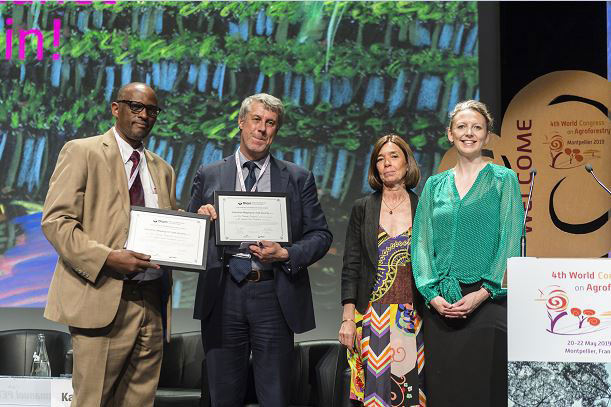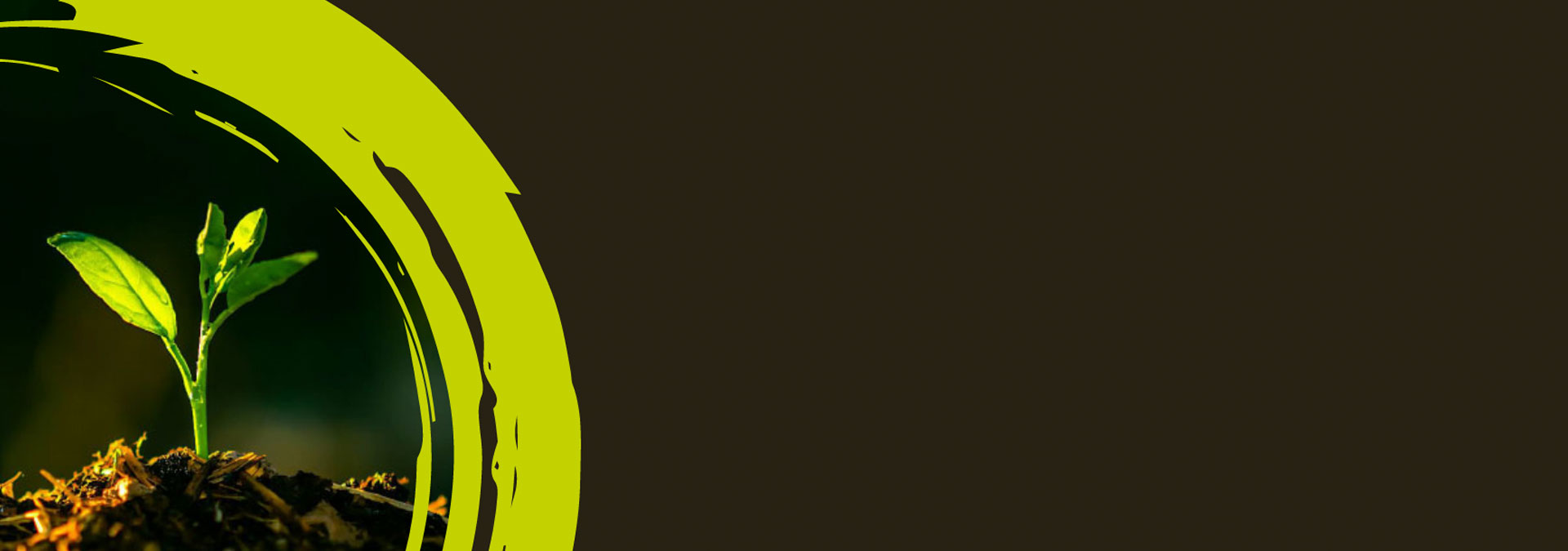The team re-imagining food security in Ethiopia
In conversation with Dr Tomaso Ceccarelli and Dr Elias Eyasu Fantahun – winners of the 2019 Olam Prize for Innovation in Food Security.
The innovation co-led by Dr Tomaso Ceccarelli of Wageningen Environmental Research and Dr Elias Eyasu Fantahun of Addis Ababa University in Ethiopia, will improve productivity and farmer livelihoods in areas affected by food insecurity.
In a nutshell, what is the innovation?
Crucially, IM4FS is building on the strength of the CASCAPE project, which has been carried out in close cooperation with the Agricultural Growth Programme (AGP) of the Ethiopian government. CASCAPE designed and implemented site-specific combinations of crops, soils and farming practices, enabling around 200,000 farmers to boost their harvests above the Ethiopian average (yields increasing threefold for wheat and doubling for Tef and Faba bean), and start becoming self-sufficient by applying these best-practice interventions.
Whilst existing land evaluation approaches are focused on improving agricultural productivity, CASCAPE combines data with stakeholder engagement to ensure proposals will work in practice. To ensure this, farmers, extension workers, local experts and planners are engaged from the start, bringing an understanding of the realities on the ground to any approaches.
This data and information is then fed into the GIS3-based tool, which then matches the best farming practices with bio-physical and socio-economic conditions in a given area. The tool will then create ‘recommendation maps’ that highlight areas most suitable for specific innovations. Local stakeholders will then verify the recommendation against their specialist knowledge and expectations.
IM4FS takes these learnings one step further through its unique ability to offer a scenario planning function that informs decisions in agri-landscapes and food insecure areas. This ultimately creates a more dynamic and interactive tool to provide simulations and aid stakeholder engagement. Combined, this was central to the judges awarding the US$75,000 prize.
Does anything like IM4FS already exist?
We believe that both CASCAPE and IM4FS are unique. If you consider the existing approaches to land evaluation, they do not typically introduce stakeholder engagement at various stages to inform and validate the proposed actions. This information gathered from farmers, extension workers and other local experts, on current conditions, challenges and expectations is combined with social, economic and environmental data and fed into the GIS-based tool to produce the ‘recommendation maps’.
The mapping approach is also unique because it is dynamic. Through the IM4FS user interface the best-fit recommendations can respond to the specific information or questions fed in to it, making it a valuable scenario-planning tool for these stakeholders. They can simulate which interventions should be done in which regions, and how. For instance, where the most suitable areas and conditions exist in the country to introduce malt barley and the necessary fertiliser or infrastructure requirements.
Plugging Ethiopia’s ‘yield gap’ is the rationale behind this agricultural innovation, can you tell us more?
Ethiopia has the potential to be self-sufficient, but because of various constraints, especially poor farming practices, low quality seeds, pest and disease, and inefficiencies, productivity is poor and the country relies heavily on food imports. This is absurd when you think the country is the second largest in Africa for arable land and has the potential to be self-sufficient.
What is promising is the Ethiopian government’s target to double productivity, but its policies apply to the whole country. The huge diversity – climate, geological and social – means that change needs to happen at regional level. For example, a farming practice that works for one farmer may not work for another; and a certain crop variety that’s suited to a particular location, won’t grow in the different soil conditions elsewhere. This is where we come in with a solution involving local stakeholders to shape specific agricultural innovations for a given area.
What does this mean for the smallholders who need to implement these new crop varieties and practices?
Improving food security means making sure it’s available at household level. We are targeting this innovation in areas where millions of farmers rely on food hand-outs, but with the right agricultural interventions, could be self-sufficient.
Since we began the CASCAPE programme in 2016, this evidence-based approach to applying best-fit combinations of crop and farming practices has tripled wheat yields and doubled yields of Tef and Faba bean. For Faba bean – an important and often only protein source for these farmers – the increase is mainly because we’ve been able to identify the need for and introduce more disease resistant varieties.
For the 200,000 farmers currently involved in the programme, these increases mean they can now grow sufficient food to feed their families and earn a living.
What are your plans with the funding?
IM4FS will take these “best-fit practices” and scale them up in food insecure areas, making them work for many more farmers.
We’ll use the Prize to roll-out the ‘mapping’ at a regional level, hosting stakeholder workshops and in-situ data collection by extension workers and other local staff. This will help strengthen engagement between our researchers, planners and farmers. It will also fund the development of the GIS-based tool behind IM4FS, to make it more dynamic so it can generate quantitative information, like specific limitations (poor soil quality, access to inputs), the required measures to overcome these (fertilisers, rural infrastructure), and expected volumes once the correct interventions are applied.
With this functionality, our aim is for regional stakeholders - government institutions, local planners - to use IM4FS for scenario planning; to scale up agricultural innovations across the country to solve food security and improve livelihoods.
How do you feel about winning the Prize?
It is really motivating to work with local researchers and other parties to develop smart solutions to tackle something as devastating as hunger. Now we have the opportunity, thanks to the Olam prize, to strengthen this link between researchers and regional planners so we can reach many more farmers with this “mapping” in other food insecure regions of the country.

Image from left to right: Dr. Eyasu Elias Fantahun, Dr Tomaso Ceccarelli, Marie-Christine Cormier-Salem, Director of Agropolis Fondation, Nicola Barber, Group Head of Public Relations Olam.

